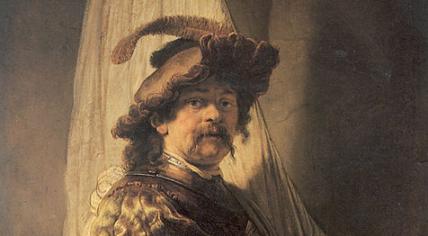
MP’s agree to spend up to €150 million on Rembrandt’s The Standard Bearer
Members of the Tweede Kamer agreed to the Cabinet’s plan to allocate 150 million euros for the purchase of a painting by Rembrandt. The Eerste Kamer, the Dutch Senate, must also give its approval before the purchase of The Standard Bearer can be completed.
The purchase of the work is considered controversial, because the cultural sector has suffered enormously from the coronavirus restrictions in the country. The left-wing opposition wanted the Cabinet to make an additional 150 million euros available to bolster this sector along with the money for the painting, but a proposal to that effect from GroenLinks, SP, PvdA, PvdD, BIJ1, Volt, BBB and the Den Haan faction fell short of a majority. Caretaker Education and Culture Minister Ingrid van Engelshoven also acknowledged that the timing of the purchase was "extremely unfortunate.”
When the sale is final, the Cabinet wants The Standard Bearer to tour the twelve provinces. The government will announce what this tour will look consist of a later date.
The painting has been in the possession of the Rothschild family since it was purchased at auction in the mid-19th century. The family put the canvas up for sale in 2018. Previously, France wanted to lay claim to the work and labeled it a "national treasure" temporarily forbidden from being exported. This gave the French government and the Louvre thirty months to decide whether or not to buy The Standard Bearer. It became clear several weeks ago that the French effort to raise the money would not be successful. The Rothschild family and the Dutch Cabinet have since agreed to proceed with the deal.
This is not the first time that the State has bought high-value artwork. In 1998 it bought the Victory Boogie-Woogie from Piet Mondrian for 80 million guilders. In 2015, the government bought Rembrandt’s wedding portraits of Maerten Soolmans and Oopjen Coppit. The Netherlands bought the two pieces jointly with France. Both countries paid 80 million euros for this. The canvases may only hang in the Louvre in Paris, or the Rijksmuseum in Amsterdam.
Reporting by ANP
